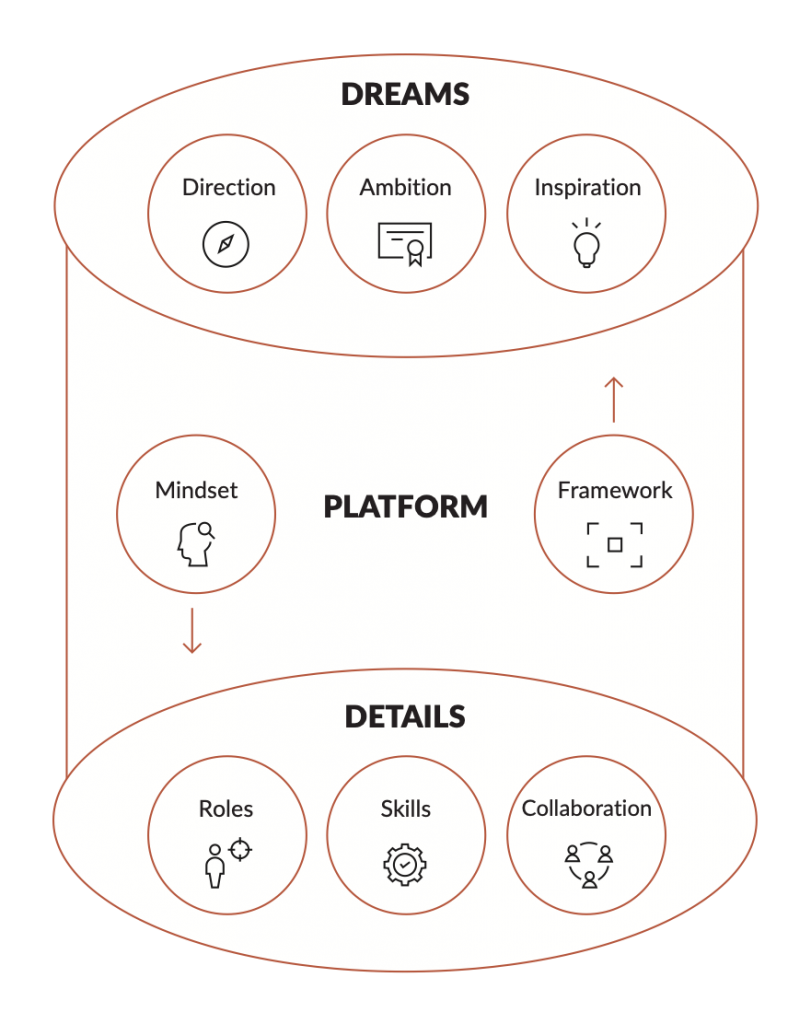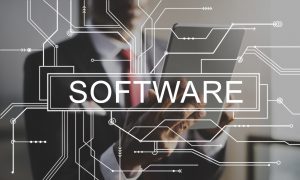By Mikael Trolle, CEO & Co-Founder of IDONEA
How do you get your team to unleash and perform to their full potential?
How do you create an engaging and motivating environment?
What kind of leadership model is needed to achieve exactly that?
We share our formula!
The Secret to Motivation
To explain what drives humans to high performance, we have to take a look at what truly motivates and engages us. In the digital world we live in, employees can easily and continuously discover alternatives and job opportunities that could be more fulfilling and desirable than their current employer might offer.
Nowadays, external reward systems, for example result-oriented bonus systems, are not enough to truly engage and motivate employees to achieve high performance. Why is that?
Considering Basic Human Needs
On the one hand, we want a sense of purpose and meaning in our work, a feeling of contributing to something bigger. On the other hand, we want to achieve certain things for ourselves.
As basic needs, humans strive for competence, a sense of personal development and autonomy, and a feeling of belonging. If these needs are fulfilled, we reach a feeling of acknowledgment and appreciation, from which we draw a sense of meaning. In short, employees more than ever need their basic human needs fulfilled to find work meaningful.

The Motivational Keyboard
Motivation can be seen as a continuum, ranging from demotivation to extrinsic motivation to intrinsic motivation (see figure). When motivation is integrated and meaningful, it is a strong driver of engagement. In that case, it responds to our psychological needs, and we see our work as part of our identity.
On the other hand, motivation that is only externally controlled bears the risk of developing apathy, since the work itself is not seen as meaningful. It is then the responsibility of leaders to play the keyboard according to what the situation demands while trying to hit the high note as much as possible to drive performance.
Why Traditional Performance Management Is Losing Relevance
The key drivers of a company’s performance are motivation and engagement. Yet, detailed plans and processes dependent on result-oriented rewards, do not usually coincide with integrated motivation. They often become redundant in a changing reality, marked by innovation and disruption, where outcomes are not controllable.
Externally controlled motivation, such as bonus systems, only creates a short-term change of patterns. Fully integrated motivation only occurs when there is harmonic interaction between a sense of purpose, and a feeling of development, achievement, and performance on an individual and collective level.
The Leader’s Dream: Establishing a High-Performance Culture
We believe that it is necessary to shift the focus from externally regulated to integrated motivation. Leaders need to create the environment for high performance by addressing the psychological conditions for integrated motivation and engagement and through decentralizing decision-making in alignment with organizational strategy.
They have to communicate an inspiring and ambitious dream, align the organizational mindset and framework, and thereby translate the dream into identifying and training crucial details that are necessary to achieve it.

The Dream: Inspiring the Team
It all starts with establishing and communicating a dream that is clear in direction, ambitious and inspiring, responds to the employees’ need for meaning. This is key in creating integrated meaning-driven motivation, leading to high performance.
The Details: Developing and Unleashing Potential
At the same time, a leader has to pay attention to the details constantly. S/he has to help the employees develop those skills and competencies that speak to the highly ambitious dream. This enables the continuous process of optimizing the current performance while developing the competencies needed for the future direction.
The leader also has to foster collaboration across departments and ensure each individual knows their meaningful role. This drives the continuous development of competencies in relation to strategy and is highly motivating to an employee.
The Platform: The Secret to Autonomy
By setting, communicating, and aligning the organizational mindset and framework, employees are empowered to act, make their own decisions, and carry more responsibility. The Platform reflects in increased autonomy from the employees. Making sure that employees internalize the shared mindset and framework will enable them to become decision-makers, creative thinkers, and solution finders.
Organizations following this approach foster employees that engage autonomously through a collective mindset and meaning-driven motivation. The leader’s job is to establish a meaningful and relevant dream as the organizational anchor, create the conditions for employees to succeed in, and continuously develop their competencies.
That way, the leader will unleash the full potential of his/her highly motivated and skilled employees – which is the foundation for a high-performance culture.
Do you have questions or would like to know more? Feel free to reach out anf contact us!





